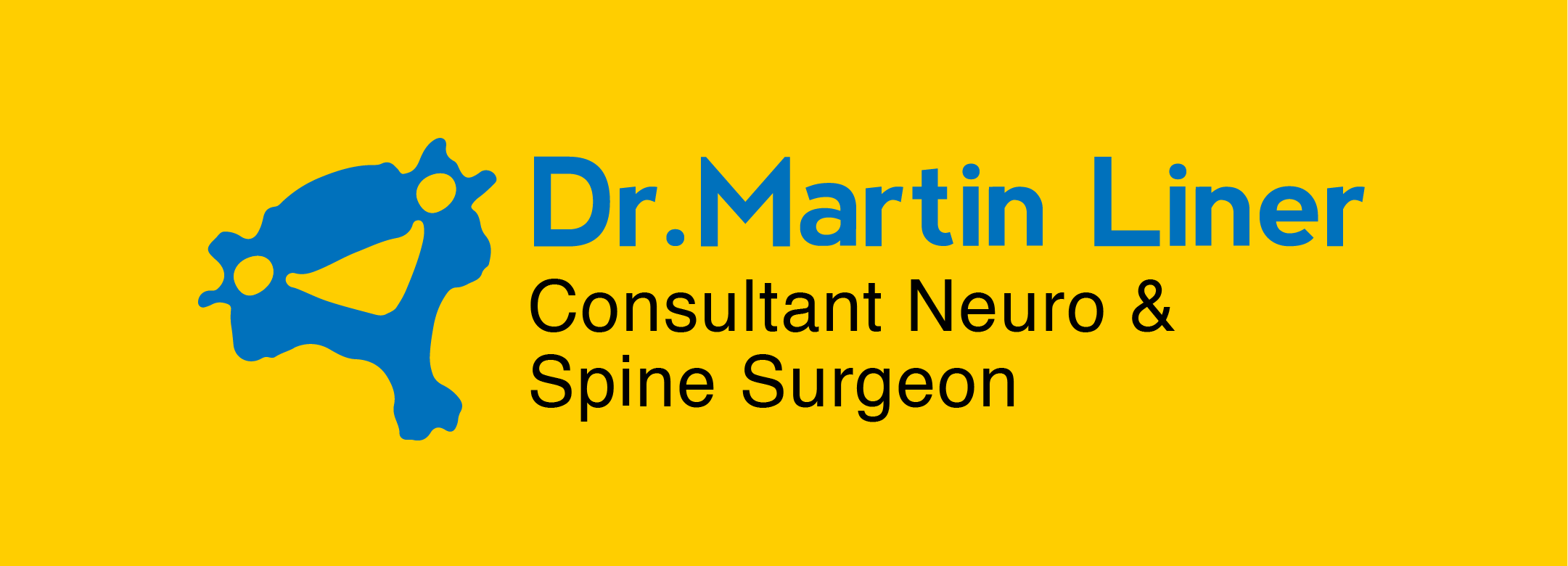Brachialgia arm pain can significantly affect one’s quality of life. It can be accompanied with numbness, tingling, or weakness in the arm, often associated with diverse underlying causes.
In this blog, we’ll delve into the complexities of brachialgia, exploring its origins, symptoms, and potential treatments.
Understanding Brachialgia (Arm Pain)
Various factors can contribute to arm pain, including traumatic impacts, muscle sprains, or fractures affecting the upper arm bone (humerus), radius and ulna bones, elbow, or carpal bones.
However, if you encounter persistent pain along the whole arm without an evident external cause, it likely stems from a nerve issue.
Brachalgia is a common problem caused by the pinching or compression of a nerve at the spinal column.

Nerves pass through tiny openings (cervical foramina) between vertebrae in the spinal column. Displacement or damage to cervical vertebrae can pinch nerve roots in this foramina, leading to mild to severe radiating pain, numbness or weakness.
Often, cervical disc prolapse is the culprit for nerve compression. The impinged nerves, connected to different parts of the arms, cause radiating pain bouts, a condition known as cervical radiculopathy.
This can result in soft nucleus protruding outward, pressing against the nerve roots in the cervical spine. The outcome is a sharp neck and shoulder pain extending down the arms.
What causes arm pain?
Brachalgia primarily arises from nerve compression, but various spinal disorders can contribute to the manifestation of this arm pain.
Disc Prolapse or Herniation:
The intervertebral discs, comprising the annulus fibrosus and nucleus pulposus, may suffer damage or tear from wear or excessive vertebral pressure.
This can result in the soft nucleus protruding outward, pressing against the brachial plexus nerves in the cervical spine. The outcome is a sharp neck and shoulder pain extending down the arms.
Cervical Stenosis:
Disc bulging, osteophytes (bony spurs) and/or hypertrophy (thickening) of ligaments and vertebral joints contribute to narrowing ofthe spinal canal, which can end up in compressing of the spinal cord and nerve roots.
Spondylosis:
Spondylosis, a form of bone degeneration, forms bony spurs known as osteophytes along the edges of vertebrae.
These sharp outgrowths limit joint movement, and when present in cervical vertebrae, they can protrude over nerve roots, potentially causing pinching.
Additional contributing factors to Brachalgia encompass –
- Nerve inflammation or neuritis.
- Spinal or nerve tumors.
- Compression fractures in the cervical spine.
- Impaired blood circulation in arm
Brachialgia symptoms
Individuals experiencing brachialgia (arm pain) may encounter a range of additional symptoms, including:
- Feeling numbness and tingling sensations in the arms and hands.
- Difficulty or Weakness gripping objects.
- Restricted movement in the neck or shoulders.

Diagnostics
To diagnose the condition, you may undergo tests like-
- Anamnesis: your consultant will inquire about symptoms, duration, and medical history.
- Physical and neurological examination to identify pain source.
- X-ray
- CT scan
- MRI
- Nerve conduction study.
Treatment Options

Activity Modifications

Medications

Physiotherapy

Nerve root blocks

Surgery
The most common types of spine surgeries for Barchalgia (arm pain) include-
- Anterior Cervical Discectomy and Fusion (ACDF)
- Cervical disc replacement / cervical arthroplasty
- Posterior foraminotomy
Consult Dr. Martin Liner for Brachialgia (Arm Pain) treatment in Dubai
Experience relief from Brachialgia with the expertise of Dr. Martin Liner, a renowned Neurosurgeon in Dubai.
With over two decades of experience, Dr. Martin provides personalized care, leveraging his extensive knowledge to offer tailored guidance for the effective management of this complex condition.
Trust in his comprehensive understanding and commitment to your well-being.

